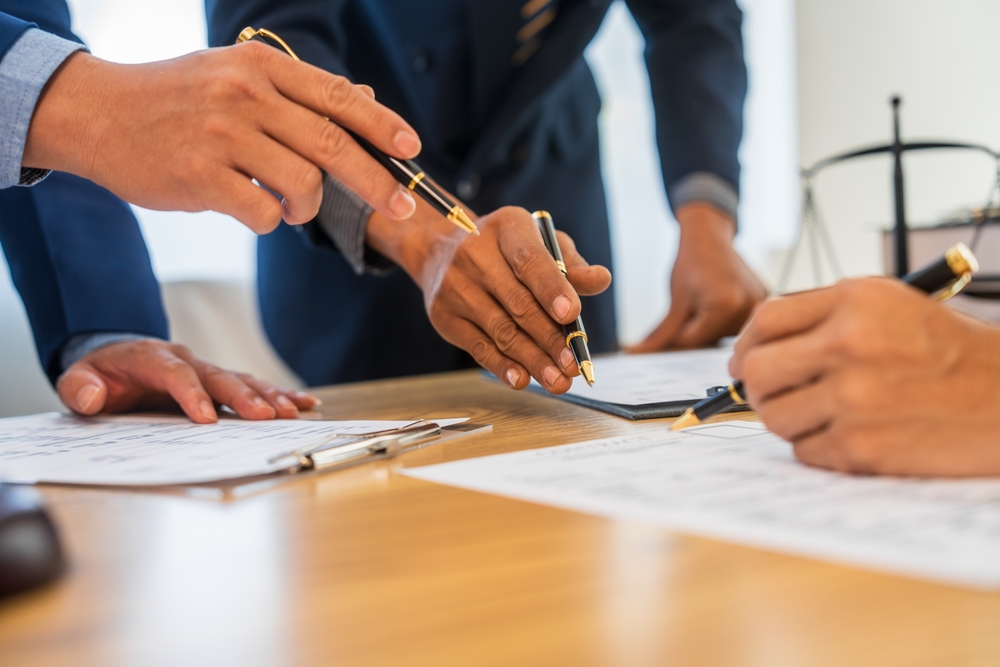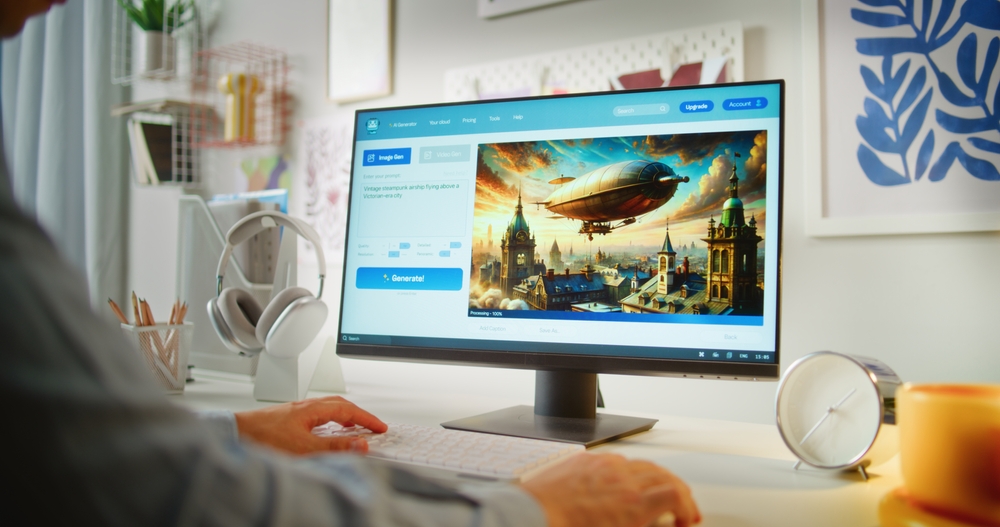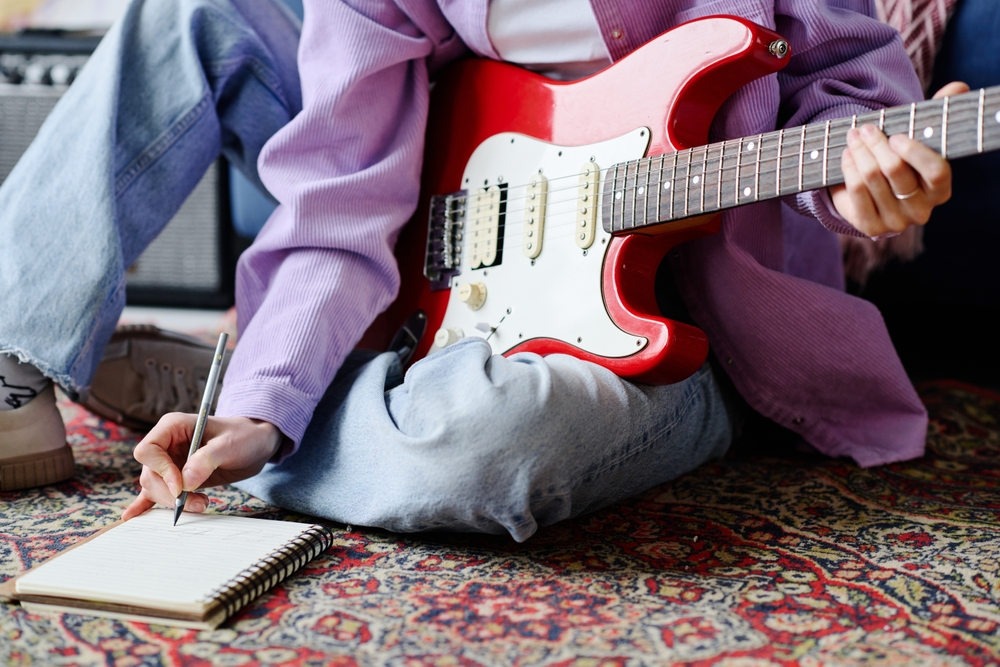World IP Day: The Crucial Role of Brand for Musicians
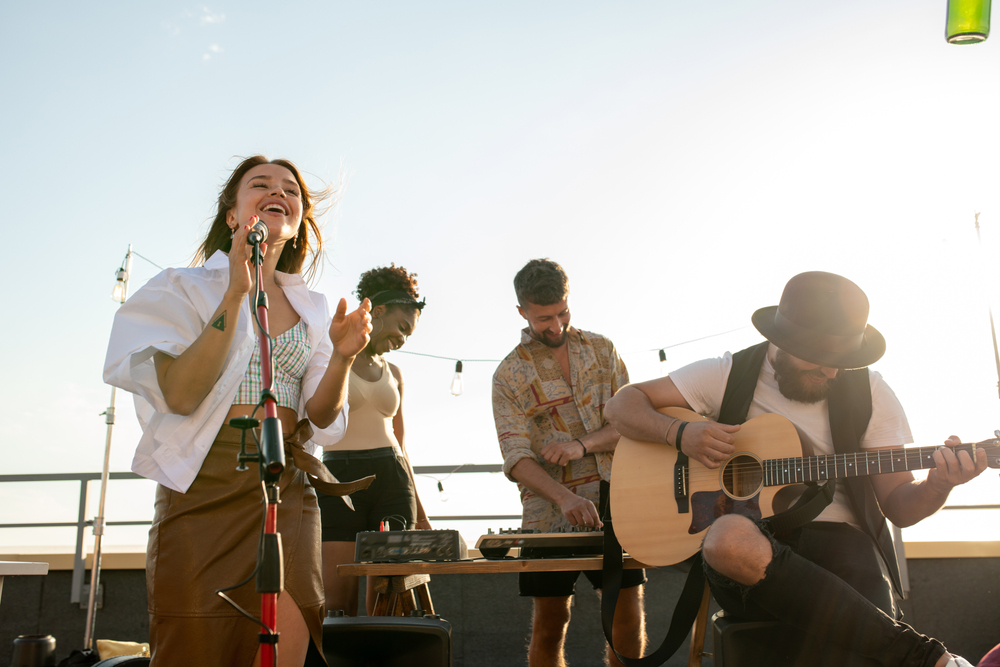
In part 2 of our World IP Day series, focused on the role IP plays in the music industry, we are focusing on trademarks and the crucial role of building and protecting a brand for artists at any point in their careers.
“The modern artist needs to build comprehensive IP protection strategies that include trademarks for their names, logos, song/album and film titles so that they can ensure that they can only be used in association with their products and services. In competitive industries like the music and film businesses, trademarking is a smart way to protect an artist’s brand and maintain control over their image,” says Lan Pham, Senior Associate at Spruson & Ferguson.
What can musicians trademark?
In today’s digital age, profit for musicians looks very different to how it did in the 90s and early 2000s – streaming is now king, meaning traditional income from album sales and digital downloads has reduced significantly. Establishing a brand is more important than ever and can open doors for licensing and merchandising opportunities.
Musicians can pursue a number of options when it comes to trademarking their brand. This includes registering trademarks for their personal name, stage name, band name – anything that makes up a musician’s musical or creative identity. This distinguishes an artist’s persona, setting apart their creative suite from other musicians, and establishing a unique identity in what is quite a crowded field.
“It’s important for you to choose something, if not your personal name, that is different to what somebody else has out there. It’s important to do a search once you’ve chosen your name to make sure nobody else has got it. The purpose of having a trademark and registering a trademark is so that people can link your musical identity with your trademark, your brand, which then helps to establish you in the music industry. People then associate that brand with you and the quality of the product you provide. If there’s a brand with a similar name and they are not as proficient or well-known as you are, that can have a negative impact on your brand and reputation,” explains Nicola Scheepers, Principal at Griffith Hack.
Registering these trademarks provides a direct funnel to merchandising.
“A lot of artists these days make more money from touring and through related merchandise than they do from getting streams on Spotify and platforms like that. Trademark protection ensures the artist has locked in some sort of formal, protectable IP which they can then commercialise. The largest acts in the music industry have protected trademarks right across the board. There’s a couple of categories that are relevant to the core music, such as Classes 9 and 41 (products and services respectively). Clothing related trademarks are also popular, but these days, you name it with the kinds of things people are merchandising. This expands what might be included in the trademark suite,” says Damon Butler, Principal at AJ Park.
Additionally, with a strong brand comes licensing opportunities.
“If you’ve demonstrated to major brands that you are aware of the importance of having a registered trademark and building a brand, it’s more likely that you will be approached for endorsements. You can license your trademark and monetise your brand, a great opportunity for profit,” Scheepers explains.
Trademarks and technology
On a broader scale, it is not just musicians that embrace trademarks to uplift audiences’ experience of music. Tech companies producing audio visual content use patents, designs and trademarks to create and sell devices used for the consumption of music, from casual listening to massive stage productions.
“It’s actually impossible not to recognise how technology has transformed our sensory experience of audio visual media over the last 60 years. These advancements don’t just “happen” – they take years of ideation, incremental improvements, testing and development. How these technologies evolve from concept to experience is really quite fascinating, and it’s crucial that every stage of improvement is protected and supported through strategic IP filings. Patents and designs secure the underlying technologies and product features, while trademarks protect the brands that consumers trust for quality audio visual experiences,” says Peter Treloar, Principal at Spruson & Ferguson.
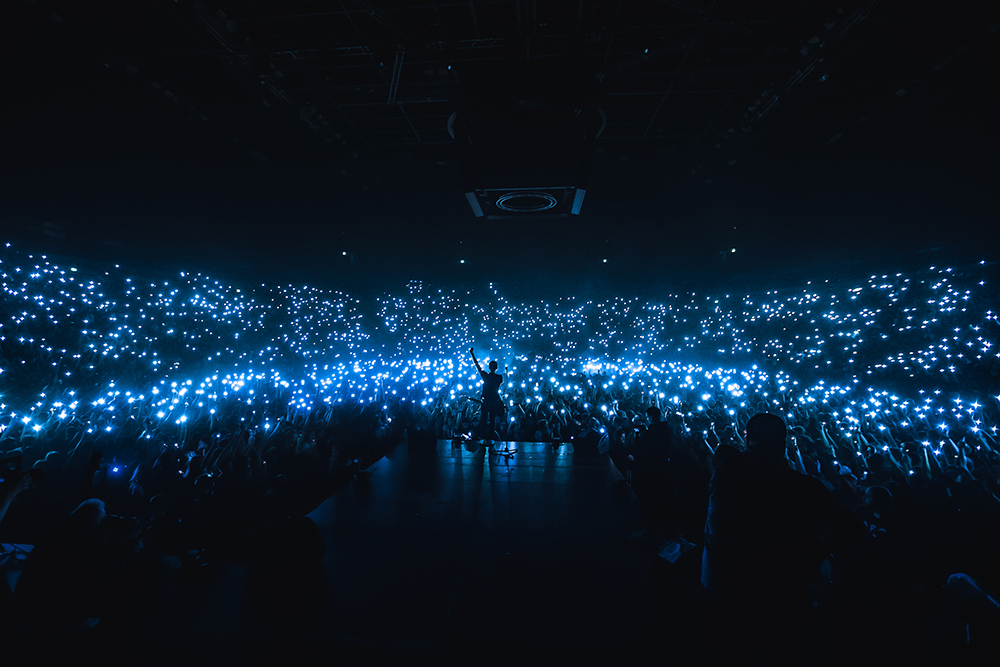
An edge on the competition
Trademarks help artists, labels and companies establish a brand, generate income from merchandising and licensing opportunities, and drive trust amongst consumers. It is also important to note the legal benefits of registering a trademark, and their role in protecting brands.
“Another reason to pursue trademark protection is the legal protection a registered trademark provides. It gives you a statutory right to sue a third party for infringement. If you don’t have that registered trademark, then you have to rely on common law remedies like passing off or misleading and deceptive in breach of the Australian Consumer Laws. These actions rely on the artist having a reputation – so if you’re just starting off in the music industry and you don’t have that goodwill and reputation behind you, then those actions are not going to assist you. Trademark protection is a much more certain and cost-effective remedy to prevent unauthorized use,” says Scheepers.
“Without trademark protection, it makes it much harder to stop copycats – someone who tries to rip an artist off by selling fake merchandise, for example,” adds Butler.
Though registering a trademark offers artists a cost-effective insurance policy for blocking infringers, the trademark journey doesn’t stop there. The greatest success is found when taking a proactive approach to safeguarding trademarks.
“A lot of people and companies think ‘well, now my trademark is registered, it’s all fine’, but that’s actually when the hard work starts. You’ve got to police your trademark, so that you can jump on unauthorised use immediately. Registration and post-registration go hand in hand,” says Scheepers.
Further, establishing whether something is infringing can be fairly subjective.
“There is a lot of subjectivity involved in determining whether infringement has occurred, particularly where the brands are not identical. Trademark registration gives you the ability to stop anyone else from using or registering the same or a confusingly similar brand for the same or any similar goods or services. But If the brands are not identical, then the question is whether they are confusingly similar. That’s where a degree of subjectivity comes in – do the names sound the same? do they look the same? do they mean the same? What would your average consumer in that space think? They might assume there’s some connection to the original artist, or that they’re endorsed by that artist. If these questions are answered in the affirmative, then that’s more likely to cross the line. It really depends on the individual circumstances,” says Butler.
“A lot of people and companies think ‘well, now my trademark is registered, it’s all fine’, but that’s actually when the hard work starts. You’ve got to police your trademark, so that you can jump on unauthorised use immediately. Registration and post-registration go hand in hand.”
Nicola Scheepers | Principal, Griffith Hack
The early bird gets the worm
Though a lot of musicians don’t view trademark protection as a priority in the early stages of their career, experts urge artists to consider getting in as early as possible, and consider the complexities, to avoid being unable to use their preferred brand.
“It’s important that musicians seriously consider and ideally establish brand protection for their distinct identities whether that’s their band name or solo artist name. There have been a few instances of musicians having had to change their names because they haven’t thought about trademark protection at all or early enough”.
“Internationally, artists can run into further problems. Trademarks are territorial and just because an artist has registered their name in their home country, for example, this does not mean they are free to use that name internationally. They may run into an artist in another country with the same or a similar name, and/or one that has registered trademark protection,” says Butler.
“It’s never too early to start. Google was a small company once upon a time. Just because you’re starting doesn’t mean that you shouldn’t put these things in place. The earlier you can put your trademark protection in place when a licensing opportunity comes up, or there’s a case of infringement – you’re prepared, and are on the front foot.
“There’s a lot of bad actors out there, and if somebody is misappropriating your name or using something similar, there could be a negative impact on you as a musician or your record label. It can affect your brand, goodwill and reputation, and it can cause confusion amongst the public,” adds Scheepers.
“I hope that in the creative space there are more up and comers that think twice, or hopefully think three times, about protecting their IP. For the more established artists, talk to your label, talk to your management and make sure that at least minimum trademark protection is locked up where possible. That’s going to stand them in good stead, particularly if they want a long and successful career on an international scale,” Butler concludes.





